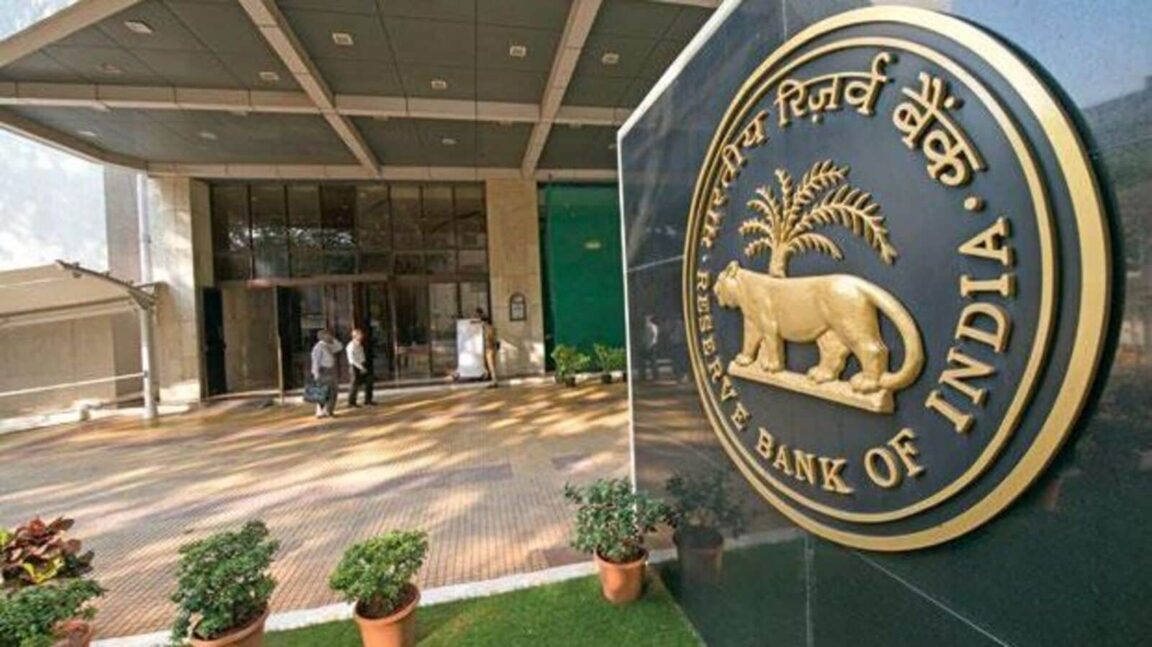The Reserve Bank of India (RBI) has identified significant gaps in gold loan disbursement practices, prompting major changes in the sector. Lenders are now shifting from traditional bullet repayment options to monthly Equated Monthly Instalments (EMIs) and term loans to address regulatory concerns, as per a report by Times of India.
On September 30, the RBI reported irregularities in lending against gold ornaments and jewellery. These included gaps in loan sourcing, valuation procedures, monitoring of end-use funds, auction transparency, and compliance with Loan-to-Value (LTV) ratio norms. The central bank also criticised the practice of partial payments and loan rollovers, warning of potential delinquencies, the report added.
Livemint could not independently verify this news development.
A senior banking official stated, “The regulator’s diktat is clear; it wants lenders to examine borrowers’ repayment capacities and not rely solely on collateral,” as quoted by TOI.
Current structure
Currently, gold loans largely follow the bullet repayment model, where borrowers repay the entire principal and interest at the loan’s end. Alternatively, partial payments are accepted during the tenure. However, the RBI is pushing for immediate EMI-based repayment options to reduce risks, per the report.
The gold loan sector has seen tremendous growth recently, driven by high gold prices and limited access to unsecured credit. According to Crisil, bank-issued retail loans against gold grew by 37 per cent between April and August 2024. NBFCs focused on gold loans reported an 11 per cent increase in assets under management in Q1 FY25, as per the report.
Prakash Agarwal, a partner at Gefion Capital, cautioned, “A potential correction in gold prices could pose risks, as declining collateral values may lead to refinancing challenges and strain repayment capacity,” as quoted by TOI.
As of September 30, gold-backed loans by banks reached ₹1.4 lakh crore, marking a 51 per cent year-on-year growth. However, with the RBI tightening regulations, experts believe growth may moderate as lenders focus on stronger risk controls, the report added.

